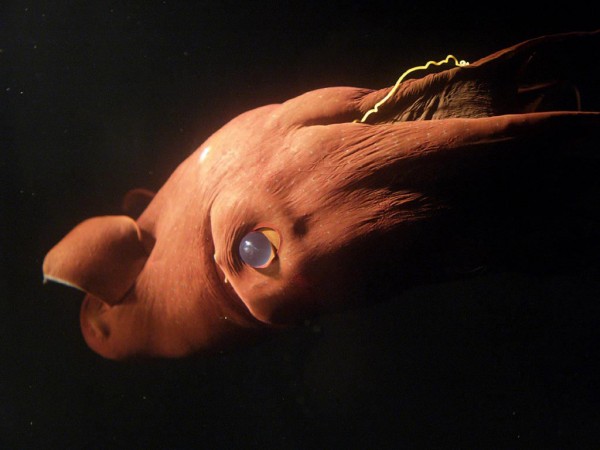Study Points Out That Rare Vampire Squid Has Unique and Strange Reproductive Strategy
Helmholtz Centre for Ocean Research Kiel – A recent study points out the rear vampire squids have a unique and strange way of producing young ones. These deep sea creatures experience many number of egg-making and releasing cycles. A research study points out that an individual vampire squid can release eggs in many reproductive sessions. This helps the vampire squid live a long life compared to other cephalopods.

The vampire squid creature is the only surviving member of the separate order named vampyromorphida. These creatures dwell in the deep seas where the level of oxygen is considerably low.
Nicknamed as vampire squid of hell, these creatures share a plethora of similarities with other squids and octopuses. The vampire squids can grow up to a maximum length of 1 feet and 6 inches. Depending on where they dwell their color can vary from pale red or jet black.
“The pace of life in vampire squid is likely slower due to their low metabolic rates, low-calorie food intake and inactive mode of life,” said Henk-Jan Hoving of the Helmholtz Centre for Ocean Research Kiel.
Researchers tested 40 female vampire squids. One of them released around 3,800 eggs before her death, and she still had about 6,500 viable immature egg cells for future spawning.
Researchers believe that these squids tend to live longer than their coastal squid counterparts. “It could be that vampire squid cannot mobilize enough energy for one reproductive cycle – as other semelparous coleoid cephalopods can – to provide enough eggs to ensure lifetime reproductive success,” said Henk-Jan Hoving.
Now that researchers have discovered the unique and strange way the vampire squids reproduce, they identified vampire squids’ activities, which are still unknown. Researchers are eager to learn the number of years these sea creatures can live and at what age do they attain sexual maturity.